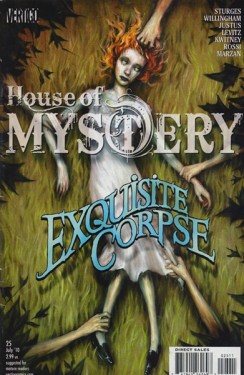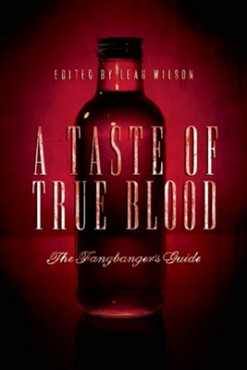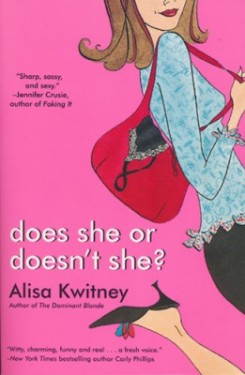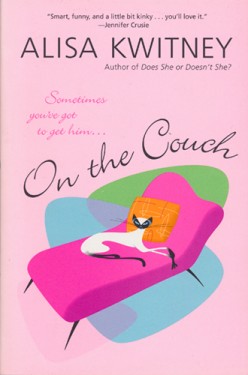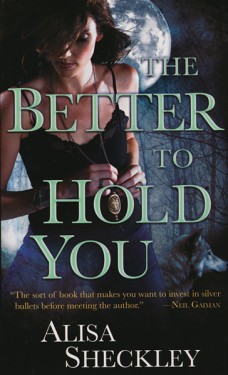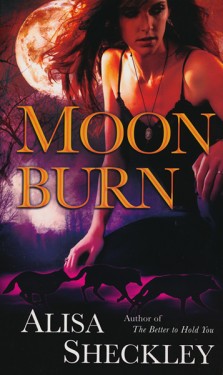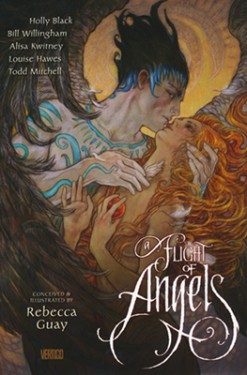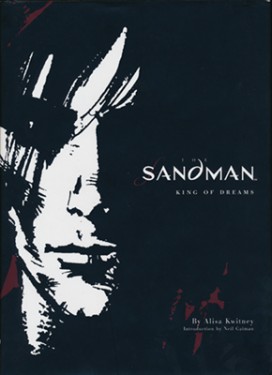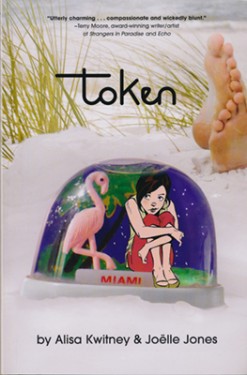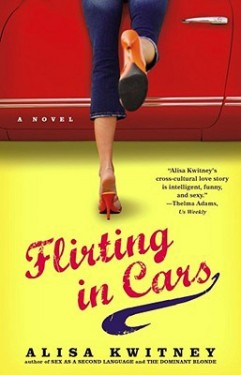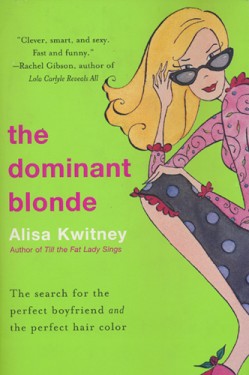What is romance, and does there have to be a happily ever after?
Originally, a romance was a tale of chivalric love and adventure, in which the hero (always male) never consummated his passion (for a female).
These days, when most people discuss romance stories, they are referring to the genre of novel that burst onto the publishing scene in the 1970’s. Romance comics have an even longer history: They date from the mid-forties.
Romance Writers of America, with the help of writer Jennifer Crusie, came up with this definition of genre romance: A romance is a love story that has an emotionally satisfying, optimistic ending. In an earlier draft, Crusie had suggested “A romance is a love story that ends in emotional justice,” in much the same way that mystery novels end with a sense of moral justice.
You can read Crusie’s full post about defining genre romance here: http://jennycrusie.com/non-fiction/essays/i-know-what-it-is-when-i-read-it-defining-the-romance-genre/
Lately, two romance authors have released books that end in death rather than marriage, and reader response may lead to a redefintion of the genre.
http://www.huffingtonpost.com/mara-white/pill-addicts-bicycle-vigi_b_9039194.html
Some readers are ready to embrace the “better to have loved and lost than never to have loved at all” ending in romance. In an article originally published on ravishly.com and then reprinted on the Huffington Post, Noah Berlatsky explains why she prefers the possibility of an unhappy ending: “The thing I love about romance novels is the way they insist that love and happiness are important and real and true. You can show that insistence by defiantly giving your audience the happy ending. But you can also do it by acknowledging that some stories don’t end that way, while still honoring the impulse to believe that they should.”
You can read her full article is here: http://www.ravishly.com/2015/01/14/happily-ever-after-romance-novels
Romance authors have been challenging other conventions of the genre by writing about male-male pairings and female-male-male menages, but other conventions remain. For example, love interests tend to meet very early in the narrative in order to telegraph the identity of the key couple. Also, adultery and cheating remain mostly taboo.
Here are some other romance conventions.
In a beauty and the beast story, it is never the female who is the beast.
In male female pairings, the stories are told from the female POV or from the female and male POV (in that order).
The main characters’ romantic love must be expressed sexually.
Male/female romances should end with pregnancy or the promise of children in the near future.
I’d love to read stories that subvert these conventions.
For example,how can the main couple express the sensuality and intimacy of their love if they don’t consummate their love physically? In Anne McCaffery’s classic SF novel The Ship Who Sang, the heroine is basically a human brain encased in a spaceship; the hero is her pilot. In Alan Moore’s Swamp Thing comic book series, Abigail Arcane faces the issue of consummation as well, because she loves a swamp creature who is vegetable, not animal. Both writers come up with marvelously creative and satisfying solutions to the question: If sex is not the ultimate intimacy, what other kind of payoff could there be?
And speaking of sex, can erotica be funny? Back when Sex and the City was the hot show about female friendship, Chick Lit novels explored the glamor of working in Manhattan. Now, Broad City (created and written by alums of the improv group Upright Citizen’s Brigade) offers a deliciously raunchy take. (Forget working in an art gallery, like nineties girl Charlotte: Artist Abby cleans out clogged toilets for a health club.)
http://www.out.com/entertainment/2016/2/25/how-broad-city-became-greatest-show-television
As for me, I look forward to reading stories that explore the mystery, adventure, weirdness and occasionally the horror of romantic love, in all its iterations.
What about you? Would you read a book with a heroine in her 50’s — or older? Would you read a story about a recovering drug addict? Would you be stick with a hero or a heroine who committed adultery? And last but not least…does the story have to end with the promise of forever in order to work?
I’m going to be at my local comic book store, Alterniverse, this Wednesday, April 8, between 5:30 and 7:30 pm, so come by if you’d like to say hello, ask me any Stephanie Brown or Cassandra Cain questions, or would like your copy signed. Alterniverse is located at Rockledge Plaza, 1164 Rte 9G #6, Hyde Park, NY (845) 233-4234
Posted February 1, 2015 — Posted in
Comics,
YA 
Convergence: Batgirl #1 Cover
Comic book continuity is kind of like the Superbowl: If you know what’s going on, you care, and if you don’t, it’s just a bunch of very fit folks wearing tight costumes, running around and occasionally slamming into one another. So, when I got the chance to write a part of DC’s big convergence crossover, I was hoping to write a story that would satisfy die hard fans of the characters, but would also work for people who didn’t know Gorilla Grodd from an offensive lineman. So, if you’re a fan: Yes, that’s Stephanie Brown/Batgirl, Cassandra Cain/The Black Bat and Tim Drake/Red Robin, reunited at last! And, if you’re new to comics and/or superheroes: This is a two part story about a young woman who gave up the cape and mask and started a new life — only to discover that she has been chosen to fight as one of her city’s champions. In order to have a chance at winning, she’ll have to deal with some unresolved issues from the past — including her feelings for her ex-boyfriend.
Posted November 20, 2014 — Posted in
Comics,
YA Sorry I’ve been so late in posting something — I’ve been adjusting to a new, busier schedule of teaching in addition to writing and editing. Also, my dog and cat are getting so old that I’m remembering what it was like to have babies (up all night, burst of panic over small, strange sounds, cleaning up various effluvia).
On the writing side, I can now officially talk about my two-part Batgirl story, which is part of the big DC Comics Convergence Event. More info here»
This is Stephanie Bond Batgirl, not Barbara Gordon Batgirl, by the way. Cassandra Cain (Black Bat) and Tim Drake (Red Robin) are also involved, as is Catman and Gorilla Grodd. I’ll see if I can post some art soon…
I was about halfway through Columbia’s Master’s Writing Program in Fiction when it hit me: I still didn’t know how to begin a novel, let alone finish one. Like many aspiring novelists, I had been working on short stories. I had figured someone would show me how to make the leap from writing 5,000 word stories (20 pages) to writing 75,000 word novels (300 pages).
But there I was, about to start work on my thesis, and I still had no idea how to make a story stretch to 20 times the length of the stories I’d been writing. I knew I couldn’t just add more words, because all that would give me would be the never-ending story.
I also knew that I wanted to write a novel while I was in the writing program, because that was why I was spending the big bucks – to learn to write a novel. So what to do?
I picked a mentor novel. It was Puffball, a slim novel by Fay Weldon. I picked the book because a) I liked it and b) there was something about the tone and pacing and style of the book that felt like the stuff I was writing. I felt that this book fit my sensibility, even though the plot and characters weren’t exactly what I would write, and neither were the characters.
And then I used the structure and pacing of Puffball to guide me through the structure and pacing of my novel.
For example, here were the kinds of questions I asked Puffball:
How far into the book are all the major characters introduced?
How many points of view are there?
When does the protagonist’s (main character) main problem get set up?
When does the antagonist’s (character working against protagonist) problem get set up?
When do minor character’s problems get set up?
How quickly does the protagonist’s problem grow into something bigger?
When does the problem become absolutely overwhelming?
What does the protagonist do at this point?
How does the antagonist react?
What is the new status quo as the book ends?
I didn’t use words like “dark moment” and “crisis/climax” and “second act turn” because back then I didn’t know them. Columbia’s MFA program focused on whether fictional events seemed “authentic” or “manipulated” and analyzed whether scenes “worked”. As far as I can recall, there was no formal discussion of three act structure, or instruction about how to set up subplots, or how to resolve them, or when to resolve them.
Puffball, and by extension Fay Weldon, taught me all that. At least, for that novel (Till the Fat Lady Sings, which was later published by HarperCollins). Other books required other mentors. For The Dominant Blonde, which was a crime caper as well as a romance, I used two mentor novels, one a crime caper and the other a contemporary romance. (I can’t recall which ones, but the authors were Carl Hiaasen and Rachel Gibson). I also was inspired by the Fawlty Towers episode, “The Kipper and the Corpse.”
If this is your first novel, however, I suggest picking one mentor novel. It should be a novel you really love, in a style and sensibility that feels native to you. Your novel shouldn’t have the same characters or plot, but should probably be in the same section of the bookstore: YA Fantasy, for example, or romantic thriller, or contemporary women’s fiction.
Then go ahead and use the mentor to show you structure and pacing. In addition to the questions I raised above, you could ask:
How much physical description of characters?
How much scene setting?
How is dialogue broken up by physical actions?
How much is explained about character’s emotions, and how much left for the reader to infer?
What kinds of slang or jargon are used to reveal characters’ backgrounds and make their voices distinct?
Important Note: Of course, the mentor novel is only a rough guide, and your novel doesn’t have to do precisely what the mentor novel does on the exact same page.
Are you picking a mentor novel? Which one?
Posted July 14, 2014 — Posted in
Movies One of the things I love about romance: Female characters drive the action. This shouldn’t seem like a revolutionary idea, but over at the Cineplex, all the action films have state of the art special effects and female characters that might as well be wearing bouffants and pearls. Take Dawn of the Planet of the Apes. There is a lot of talk about “the females and the young,” as in, “Leave the females and the young” and “oh, no, the females and the young!” The human and simian females don’t have a lot to do, acting-wise, besides looking all Susie Sad Eyes at their heroic man and apefolk. Yeah, sure, the main human female character is supposedly a doctor who worked for the CDC, but all she actually gets to do in the film is open a bag and pull out some medicine (without asking any questions about her patient’s condition. If that’s CDC protocol, that explains how the simian flu wiped out the human population).
The problem here is that the writers thought that telling us that the character is a doctor makes her seem more competent and intelligent. It doesn’t. You need to show a character using medical skills to make them seem competent.
And it’s very satisfying, watching characters display competence.
The original Planet of the Apes, which came out in 1968, was a lot less sexist. Dr. Zira played a pivotal role and displayed intelligence, competence and bravery. In fact, she took the lead in confronting orangutan scientific authority, backed up by her husband. (The original novel, by the way, was written by Pierre Boulle, author of The Bridge over the River Kwai).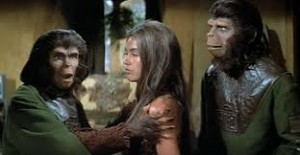
What do you mean, our roles are smaller in the reboot?








